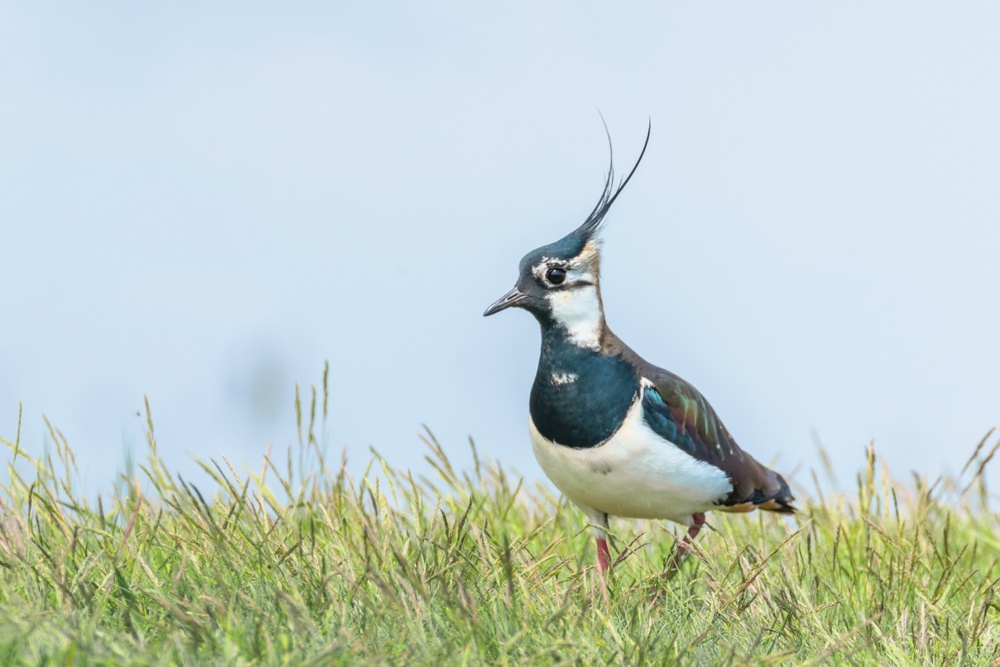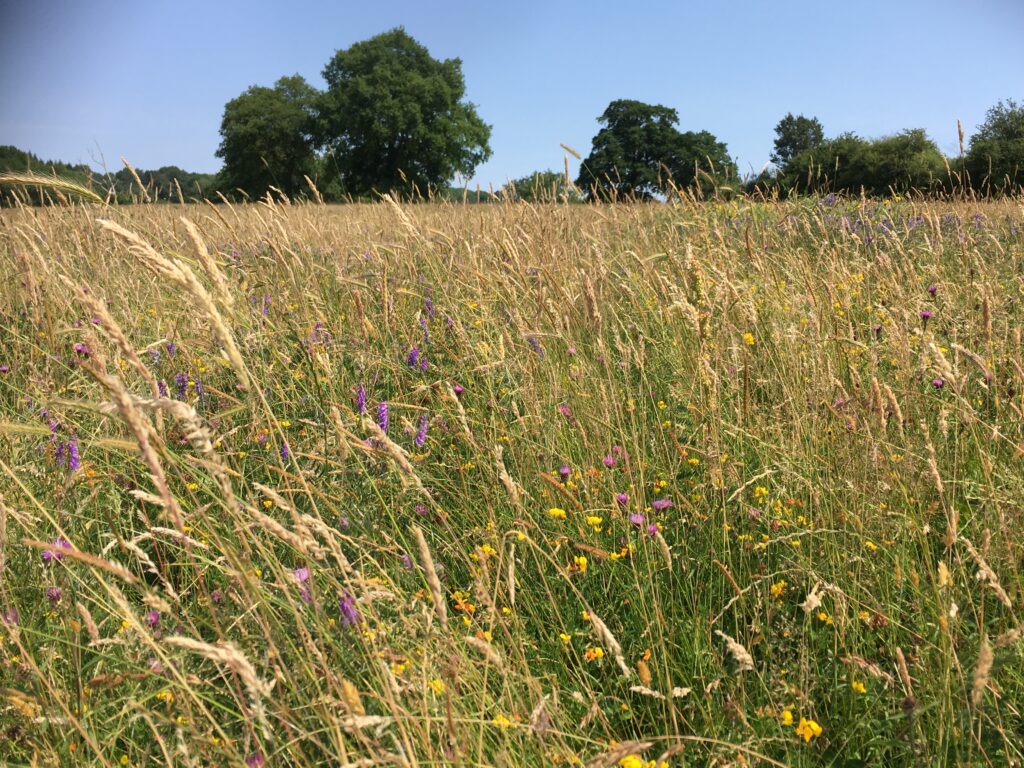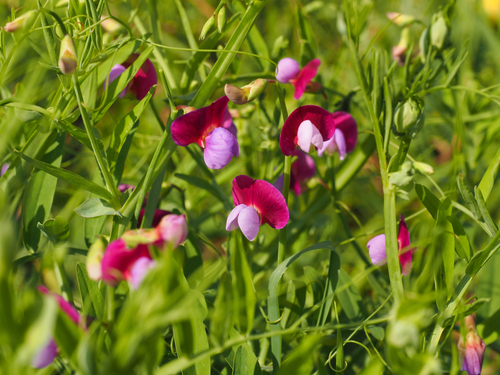Pasture Champions: Fidelity Weston and Romshed Farm 2/5
What you do to encourage this biodiversity?
On being asked this question, I reflect on not just what we are doing now but what we have done in the past and also to put this in the context of so much that we do not have control over. What I want to describe is how, over the last 37 years, we have taken specific action to improve the biodiversity and in particular, how we have done this influenced by the Government grants that have been available.
We have changed our mindset and approach to our whole farming system and that this has been key to the most recent changes, and presents the biggest opportunity in my view, as we are at a cross roads in Government policy at this very time.
In our experience a livestock farm of our size is a journey of ups and downs and since those early days we have chased the grants in order to help keep afloat financially and to fulfill our aim of farming for biodiversity. What follows is a memory of how we have responded to government incentives and what we have achieved through this.
During the 1990s there was the set aside scheme whereby a percentage of land was put aside not to be farmed. You could also take on someone else’s set aside which we did giving us a large area of land that we did very little to except manage it for nature. It was a large open field and to our joy we had 5-6 pairs of lapwings nesting every year, the peewitting and dive bombing overhead becoming part of the joy of the summer season. There were plenty around then, they were in our neighbours fields and each year we looked forward to them arriving again. But, it was also at that time that farming practices led to a dramatic decline of 50% across the UK with the greatest decline in the lowlands.
 Northern Lapwing
Northern Lapwing
Lapwings can now only be found in pockets of farmland across the UK and I believe they will be a sight that will never be seen again at Romshed regardless of how we manage the land. This is the matter of shifting baselines – our children will never value their loss as they never know their presence. For me, this is a salutary thought.
Seeing what could happen to a field if you stop putting nitrogen or sprays on it opened our eyes to the possibility of converting to organic. When the set aside arrangements came to an end in 2000, the Government gave incentives to convert to organic so we took the opportunity to do just this. From the pasture point of view this resulted in the most significant and positive change to our pastures. It meant we had to totally change our approach to farming our pastures – we could no longer just put on chemicals, we had to find the solution in the management of the land and our livestock.
For the first two or three years our hay crop took a nose-dive as the species that responded to nitrogen went backwards and the dormant seedbed of native grass seed took time to take over. We persevered with encouraging the clovers back into our pastures and before too long our crop was back up to what it had been before and it was full of diversity, most especially in grasses. The fields now have many other species - most notably trefoils and vetches but a whole range of grassland flowers too.
 'Upper Peans' pasture
'Upper Peans' pasture
My absolute top favourite being the grass vetchling which jumps out at you with its delicate cerise pink flowers. Our meadows are now awash with lesser stitchwort, knapweed, self heal, yarrrow, a variety of trefoils and vetches and an astonishing array of native grasses. These lowland meadows are nowhere near as amazing as the chalk Downlands or flood plain meadows but they are still a rarity and need to be encouraged.
 Grass vetchling
Grass vetchling



